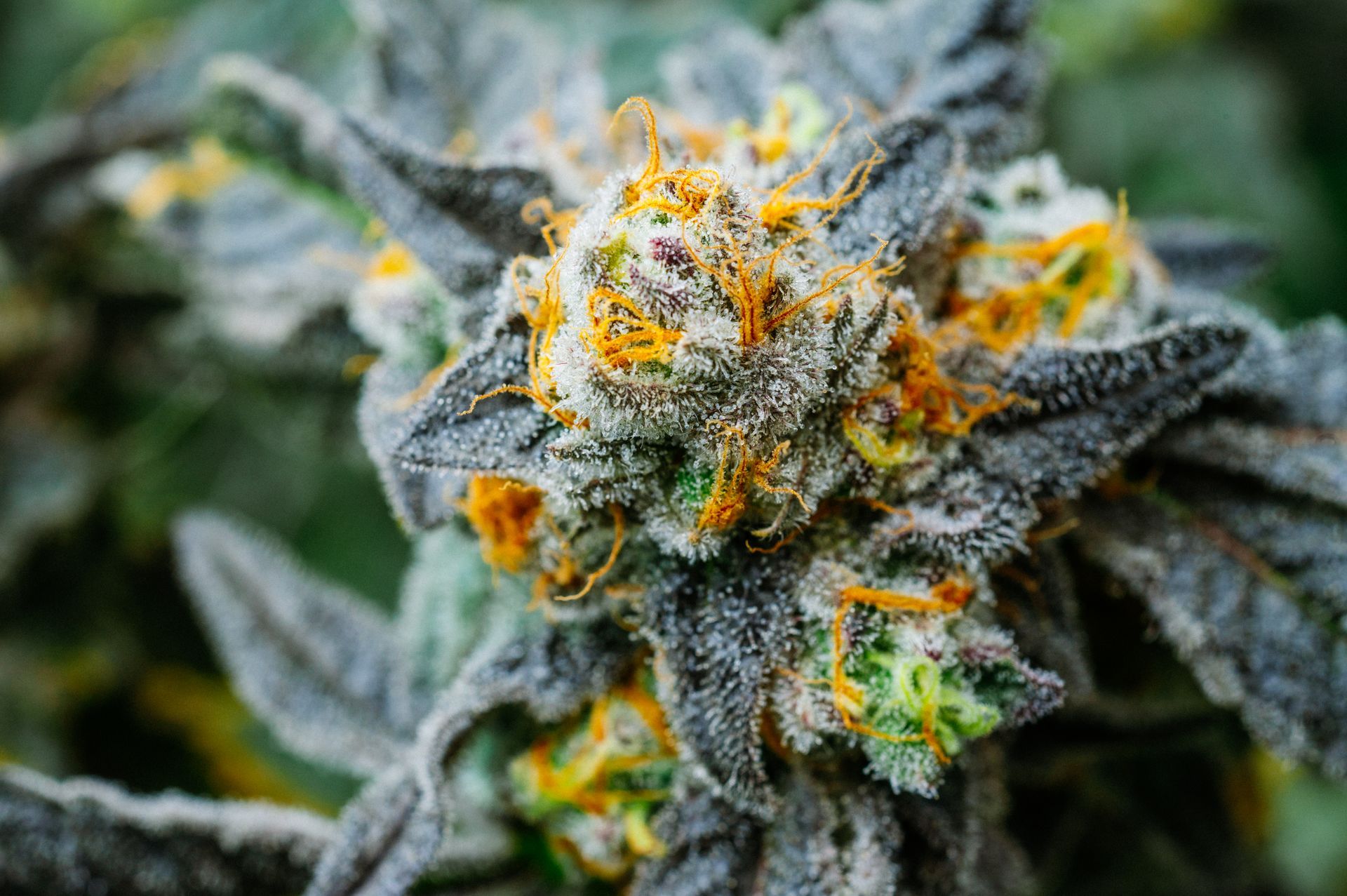Cannabis, a plant with a rich and complex history, has been intertwined with human civilization for thousands of years. From ancient medicinal uses to modern-day recreational and therapeutic applications, its journey is a fascinating tale of cultural significance, scientific discovery, and evolving legal landscapes.
A Journey Through Time: The Ancient History of Cannabis
The earliest evidence of cannabis use dates back over 10,000 years to Central Asia, where it was cultivated for its strong fibers, edible seeds, and medicinal properties. Ancient civilizations across the globe quickly recognized its versatility. In China, it was used to make paper, textiles, and as a remedy for various ailments. The Scythians, an ancient nomadic people, used cannabis in their religious rituals, as evidenced by archaeological finds in burial mounds.
Moving westward, cannabis made its way to India, where it was incorporated into Ayurvedic medicine and spiritual practices, often associated with the deity Shiva. The plant's psychoactive properties were utilized for meditation and to achieve altered states of consciousness. From India, its use spread to the Middle East and Africa, becoming a part of traditional medicine and cultural practices in many societies.
cANNABIS IN THE mODERN eRA: a sHIFTING pERCEPTION
The introduction of cannabis to the Western world saw a gradual shift in its perception. In the 19th century, it gained popularity in Europe as a medicinal extract, used to treat pain, insomnia, and other conditions. However, the early 20th century marked a turning point, with growing concerns about its psychoactive effects leading to prohibitionist movements.
In the United States, the Marihuana Tax Act of 1937 effectively criminalized cannabis at the federal level, largely due to a combination of economic anxieties, racial prejudices, and sensationalized media campaigns. This act ushered in decades of strict prohibition, severely limiting research and ostracizing users.

California's Pioneering Path: From Medical to Recreational
California has been at the forefront of cannabis law reform in the United States. The state's journey began with the compassion of its citizens and the unwavering dedication of activists.
Proposition 215: The Dawn of Medical Cannabis
In 1996, California made history by passing Proposition 215, the Compassionate Use Act. This landmark legislation legalized the use of medical cannabis for patients with a doctor's recommendation, making California the first state in the U.S. to do so. This was a monumental step, providing legal protection for patients suffering from conditions like cancer, AIDS, and chronic pain, and allowing them to access a natural alternative for relief.




